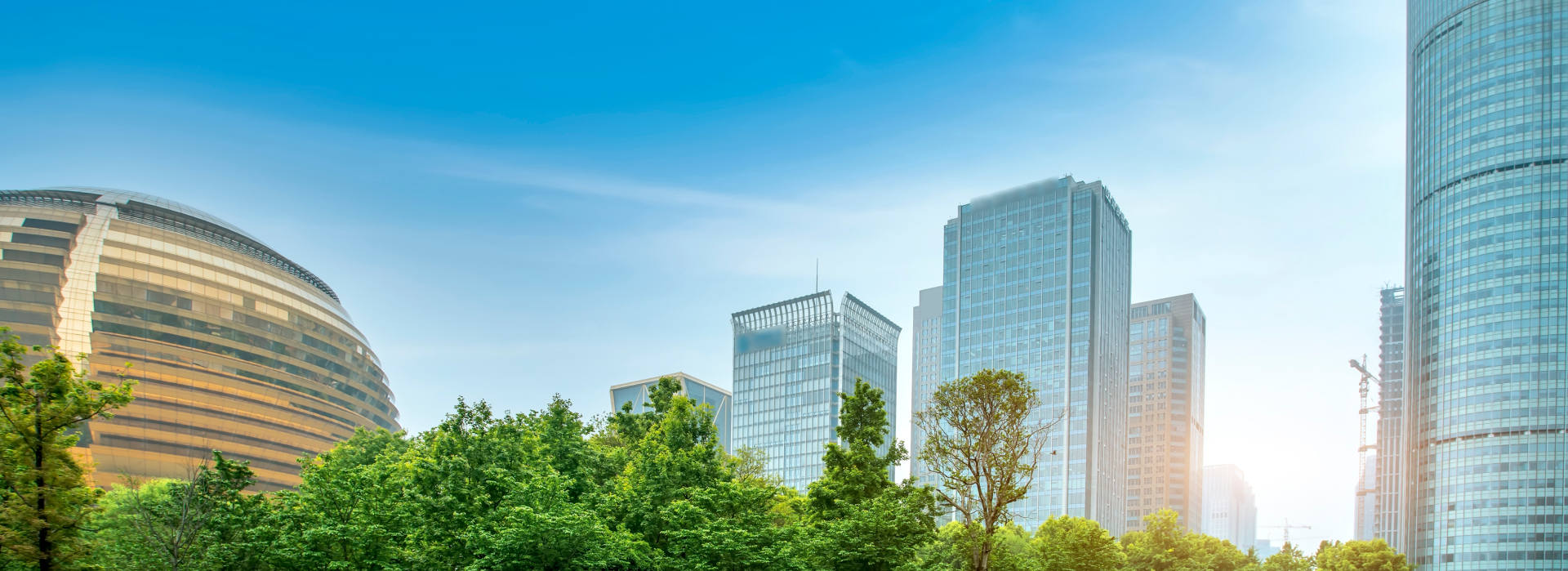The Carbon
Footprint of Cement
Conventional cement production is responsible for 84% of CO₂ emissions, primarily due to calcination and heating processes.
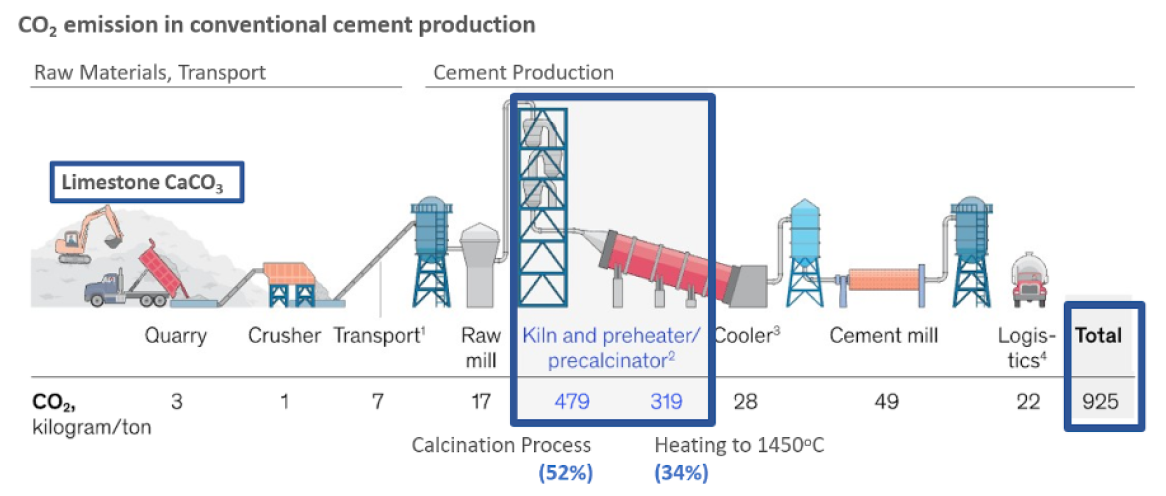
The Circrete Difference
Circrete’s innovative approach transforms the process:
- 0% CO₂ from Calcination
- 50% Less CO₂ in Heating
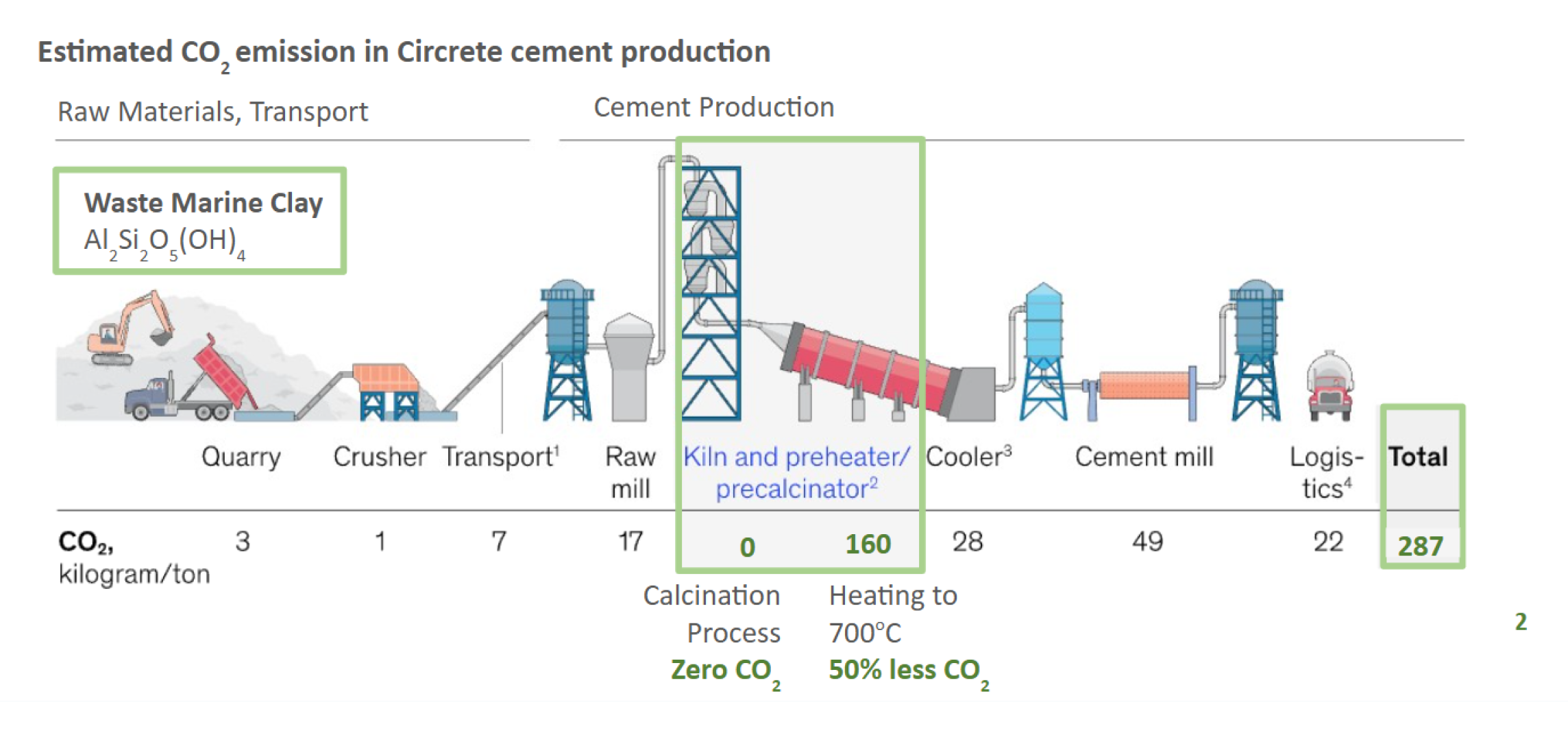
Circrete reduces CO₂ emissions by up to 70% compared to conventional cement while delivering better performance.

Why Choose Circrete
Circrete Advantages


PRODUCT SPECIFICATION
FEATURES
VALUE
Raw Material Source
Locally sourced waste marine clay (abundant and low-value)
Cement Type (EN 197-1)
CEM III/A-Q (6–20% cement replacement)
CEM III/B-Q (21–35% cement replacement)
Product Compatibility
Compatible with all constituents of concrete mix materials
Carbon Emission in Production
Up to 70% reduction as compared to normal cement
Permissible Concrete Strength
Up to Grade 60
Chloride Ion Penetrability (ASTM C 1202)
28-day: Moderate (vs High for normal concrete)
90-day: Low (vs Moderate/High for normal concrete)
Durability & Service Life
More than 300% improvement
Carbon Reduction in Life-Cycle of Asset
Up to 60% reduction in life-cycle embodied carbon
Certified to EN 197-1:2000 Standards
Circrete meets the stringent EN 197-1:2000 standards, ensuring safety, quality, and reliability in every batch.
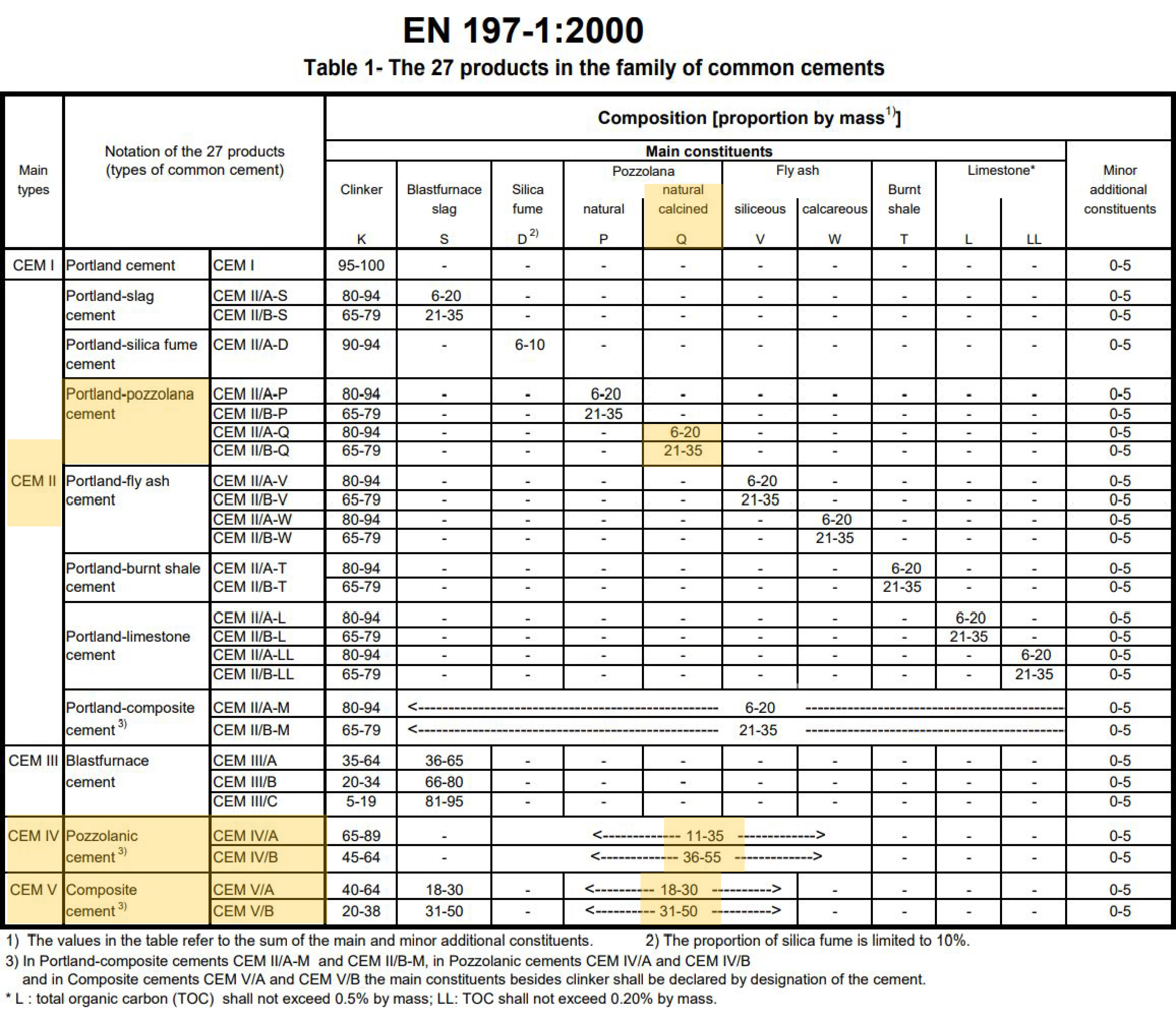
Circrete Innovation
Leading the Way with Patented Technology
Our innovative green cement technology is backed by x number of patents, reflecting our dedication to sustainability and driving change in the construction industry.
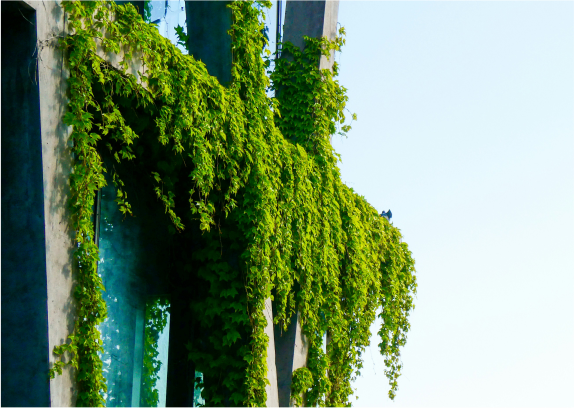
Contact Us
Interested in working together?
Let's discuss how Circrete can help you achieve your sustainable construction goals

